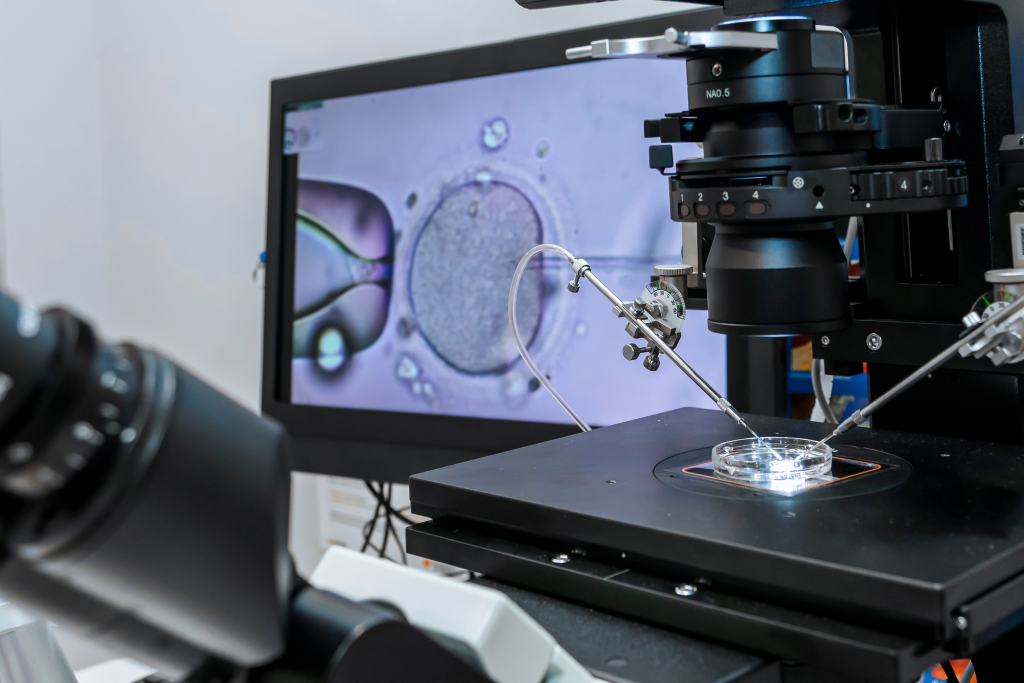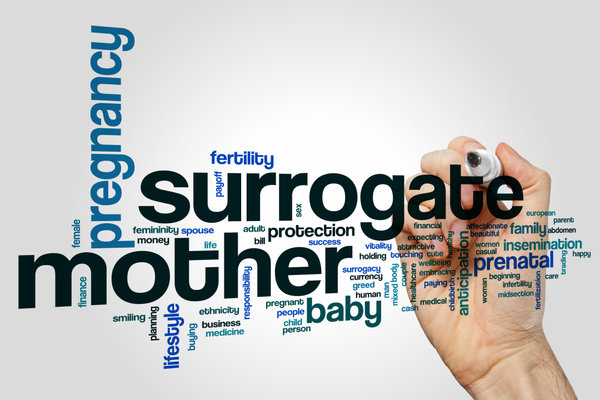Published Nov 24, 2023
How Technology is Changing the Landscape of Fertility Treatments
Over the decades, technological advancements have made it possible for couples with fertility issues to conceive. With different infertility treatments available today, couples have more options to choose from as regards bearing a child and childbirth. Technology has positively affected how fertility treatments are done. In this article, we discuss

Over the decades, technological advancements have made it possible for couples with fertility issues to conceive. With different infertility treatments available today, couples have more options to choose from as regards bearing a child and childbirth. Technology has positively affected how fertility treatments are done. In this article, we discuss how technology has changed the landscape of fertility treatments.
How has Technology Changed the Landscape of Fertility Treatment?
Technology has not only increased the available options, it has also increased the success rates of fertility treatment, and it's expected that future technological enhancements will further better the opportunities for infertile couples. With tools that can help predict the success rate of treatment, couples also get to reduce the chances of undergoing an unsuccessful treatment.
Technology, which has become an indispensable tool in the fight against infertility has provided various tools to treat infertility. Hence, once impossible procedures have now been made possible for fertility treatment.
Advancement in medical science has also increased the available knowledge base on the factors affecting fertility. Thus, better treatment methods can be developed to deal with different fertility problems.
Also, technology has made fertility treatments more accessible and affordable. More fertility clinics are being built around the world, making it easier for couples to access treatment in their locality. With processes like egg and embryo freezing, the cost of treatment also reduces.
Below are some fertility treatments made possible by technology:
Ovulation Tracking
Ovulation tracking is a simple and effective method of increasing the chances of fertility. Ovulation tracking devices, like mobile apps and wearable and non-wearable fertility trackers, help keep track of your ovulation period to determine your fertile window. Most of these trackers are up to 90% accurate.
Surgical Procedures
Technology has made room for surgical procedures like microsurgery, uterine transplants, and other surgical procedures involved in fertility treatment. Thanks to advanced technology like Artificial Intelligence, robotics, and deep learning, surgical treatments can be done more effectively and accurately.
Artificial Insemination
Artificial insemination (AI) as a form of fertility treatment has also grown. Insemination techniques include intracervical insemination (ICI), intrauterine insemination, and intratubal insemination. The methods of inserting sperm into the woman's reproductive tract have improved with the development of semen evaluation techniques.
Assisted Reproductive Technology
Assisted Reproductive Technology (ART) refers to fertility treatment procedures that involve both the egg and sperm. Forms of ART are in vitro fertilization (IVF), intrafallopian transfers, frozen embryo transfer, and Intracytoplasmic sperm injection (ICSI), with IVF being the most common ART method.
Technology has led to reduced embryo handling, better embryo selection, and an overall increment in success rates. Also, through preimplantation genetic testing, parents can determine gender and screen for certain genetic disorders like sickle cell disease and cystic fibrosis.
Challenges of Fertility Technology
Besides the evident benefits of fertility technology in changing the landscape of fertility treatment, several challenges exist. While technology has made fertility treatment more affordable, many treatment methods, especially IVF are expensive, making it inaccessible to everyone. IVF can cost above $20,000 in the U. S. and sometimes, success cannot be achieved in a single trial.
Also, some fertility treatments have possible side effects or complications that reduce the chances of success.
However, the future of fertility treatment is promising as new technological techniques are being developed. Hopefully, as technology advances, fertility treatment will become more accessible and will yield higher success rates.
With the development of newer and possibly better treatments, couples could undergo less expensive treatment, and stand a better chance of conceiving. As medical science advances, a better understanding of the causes of infertility and other related knowledge will also help in creating more personalized treatments for infertile couples.
In need of the best fertility treatments? We have been working successfully for years to help women and men on their fertility journey. Reach out to us, and let us help make your journey easy.



